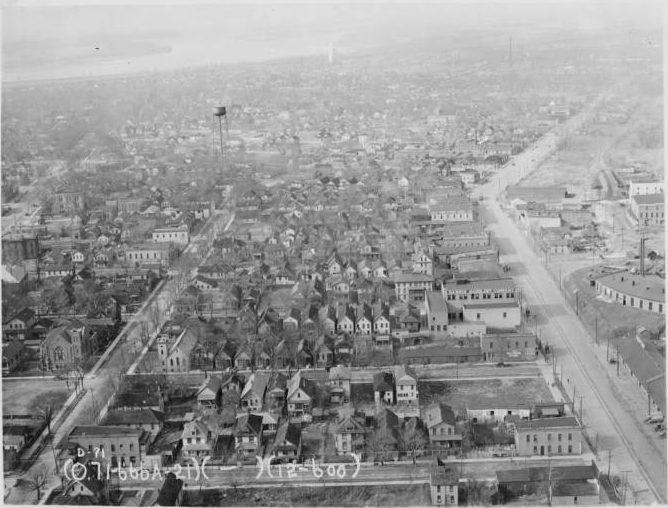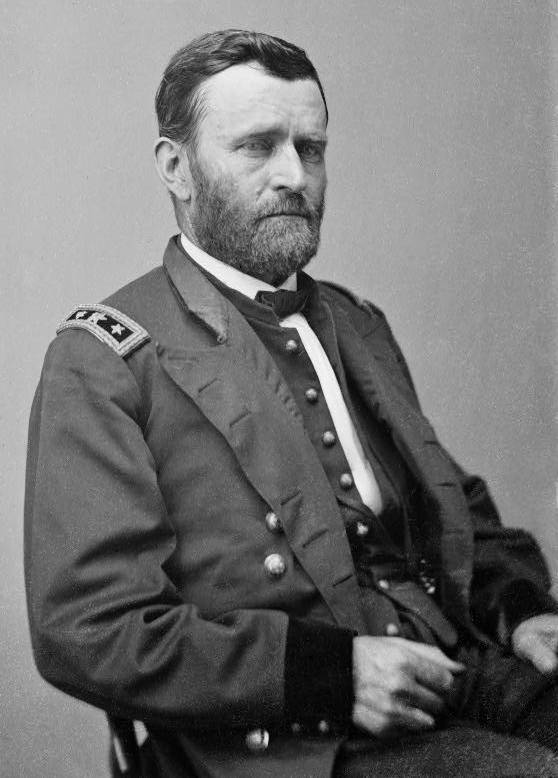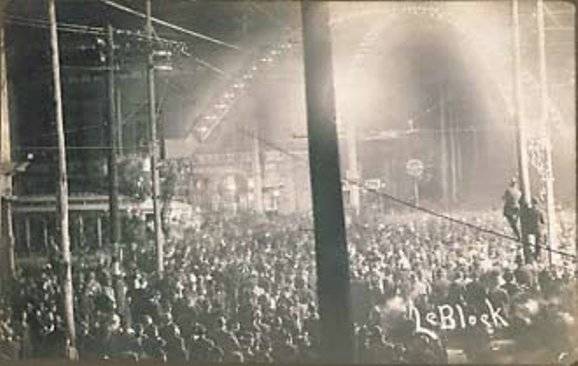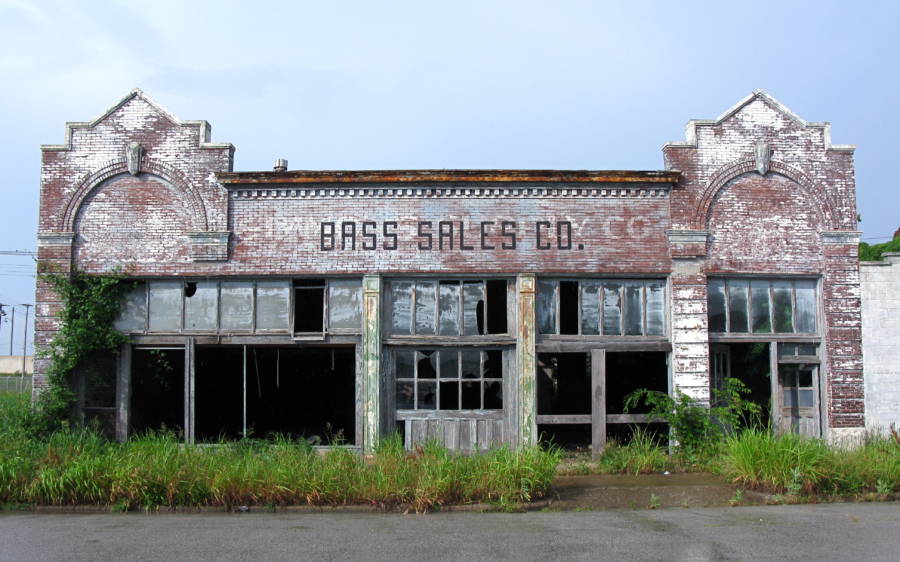Cairo, Illinois Was Once A Midwestern Hub Until Race-Fueled Violence Destroyed The Entire Town
Title : Cairo, Illinois Was Once A Midwestern Hub Until Race-Fueled Violence Destroyed The Entire Town
Link : Cairo, Illinois Was Once A Midwestern Hub Until Race-Fueled Violence Destroyed The Entire Town

Historic Cairo, Illinois from overhead.
Cairo (pronounced CARE-o), Illinois was once a bustling transportation hub situated at the junction of the Mississippi and Ohio rivers. Today, there is little evidence of that riverside boom town. On street after street in the “Historic Downtown Cairo,” once grand buildings have been slowly dilapidated or swallowed by plants. Hope for Cairo’s resurgence has long gone.
Although America is dotted with former boom towns made irrelevant over time, Cairo’s history is unusual. Despite its early glory, Illinois’ southernmost town is now mostly remembered for its racial strife, which according to some, was instrumental in the town’s decline.
The Establishment of Cairo, Illinois

Cairo’s main street, Commercial Avenue, during the height of the port town’s economic prosperity in 1929.
Before it was Cairo, Illinois southernmost town was a fort and tannery for some of the first French skin traders who arrived in 1702, but their operation was cut short after Cherokee Indians slaughtered most of them. A century later, the geographic area at the confluence of the Mississippi and Ohio rivers became the subject of Lewis and Clark’s first scientific study.
15 years after that, John G. Comegys of Baltimore bought 1,800 acres there and named it “Cairo” because of its similarity to the city of the same name on the Nile Delta near in Egypt. Comegys hoped to turn Cairo into one of America’s great cities, but he died two years later before his plans could be realized. The name stuck, however.
It wouldn’t be until 1837 when Darius B. Holbrook entered the town that Cairo really took off. Holbrook more than anyone else was responsible for the town’s the establishment.
As president of the Cairo City and Canal Company, he set a few hundred men to work constructing a small settlement including a shipyard, various other industries, a farm, a hotel, and residences. But Cairo’s susceptibility to flooding was a major obstacle in establishing a permanent settlement, which faltered at first and the population fell by over 80-percent.
Holbrook then sought to add Cairo as a station stop along the Illinois Central Railroad. By 1856, Cairo was connected by rail to Galena in northwest Illinois, and levees had been constructed around the town for transportation.
This set Cairo on the path to becoming a boomtown within just 3 years. Cotton, wool, molasses, and sugar was shipped through the port in 1859 and the following year, Cairo became the seat of the whole Alexander County.
Conflicts In The Civil War

General Ulyssess S. Grant used Cairo as a strategic advantage against the Confederate South because of its location.
By the outbreak of the Civil War early, Cairo’s population was at comfortable 2,200, of which about 55 were African-American. But the city of Cairo had an uncomfortable geographic situation. Its location along a railway and a port was strategically important, and the Union capitalized on this. In 1861, General Ulysses S. Grant established Fort Defiance at the tip of Cairo’s peninsula, which operated as an integral naval base and supply depot for his Western Army.
White Union troops stationed at Fort Defiance swelled to 12,000. Unfortunately, this occupation of Union troops meant that much of the town’s trade by rail was diverted to Chicago.
Meanwhile, it is suspected that Cairo operated as a safehold along the Underground Railroad. Many African- Americans who escaped the south and made it into the free state of Illinois were then transported to Chicago. By the end of the war, more than 3,000 escaped African-Americans had settled in Cairo.
With burgeoning population and commerce, Cairo was poised to become a major city, with some suggesting it should become the capital of the United States. But the troops did not like the humid climate made worse by the muddy low-lying land that was so susceptible to flooding. As a result, when the war ended, the soldiers packed up and went home.
Racial Tensions And Lynchings
Cairo’s location and natural resources continued to attract breweries, mills, plants, and manufacturing businesses. Cairo was even designated as a Port of Delivery by the Federal Government. By 1890, the town was connected by water and seven railroads to the rest of the country and acted as a mid-point for larger cities.
But during those prosperous years of the 1890s, segregation took root and black residents were forced to build their own churches, schools and public amenities. Local African Americans also formed the bulk of the unskilled labor force, as nearly 40 percent of Cairo’s population was African-American. These men were ere also highly active in unions, strikes, and protests which campaigned for equal rights in education and employment. There was also a demand for black representation in local government and the legal system.
Cairo was dealt a hard blow in 1905 when a new railway system opened up the neighboring town of Thebes as a port of trade. The competition was devastating to Cairo and white business owners entered a severe downturn, setting the stage for tension and violence.

The Lynching of Will “Froggy” James. Nov. 11, 1909.
That violence escalated on Nov. 11, 1909, when a black man named Will “Froggy” James was convicted for the rape and murder of Annie Pelley, a local 24-year-old white shop clerk in a dry goods store to which James confessed. He was denied a trial by the court though the people had asked for one and expecting violence, the sheriff hid James in the woods. This was to no avail.
James was discovered by the mob and returned to the town’s center to be publically hung. James was strung up at 8:00 pm, but the rope snapped. The angry mob instead riddled his body with bullets and then dragged him for a mile by a rope before he was torched.
Remnants of his body were taken as souvenirs.
The violence continued and another prisoner was ripped from his cell, dragged to the town center, lynched, and shot. The Mayor and Chief of Police remained barricaded in their homes. Illinois Governor Charles Deneen was forced to call in 11 companies of the National Guard to disrupt the chaos.
Unfortunately, this incident marked just the beginning of racial violence in Cairo. The following year the sheriff’s deputy was killed by a mob attempting to lynch a black man for stealing a white woman’s purse. Martial law was implemented in response.
By 1917, Cairo, Illinois had developed a violent reputation as the town with Illinois’ highest crime rate, a reputation that stuck even 20 years later.
By the time the Great Depression hit, shuttering businesses were forcing residents to leave Cairo for good. However, racism would ultimately be the town’s demise.
Cairo’s Residents Resist The Civil Rights Movement

Cairo’s Historic downtown boarded-up and deserted.
By the late 1960s, Cairo was fully segregated and no white business owner would hire a black resident. Cairo banks refused to hire black residents and the state threatened to withdraw its money if these banks did not reverse their policy.
But it was the suspicious death of a 19-year-old black soldier on leave in Cairo that finally did the race-torn town in. Black residents did not believe that the soldier had committed suicide as the coroner had reported. Black protestors were met with violent opposition from white vigilante groups and soon the Illinois National Guard was once again called in.
By 1969, a new vigilante group called the White Hats had formed. In response, black residents formed the United Front of Cairo to end segregation. The United Front boycotted white-owned businesses but the white residents refused to give in and one by one, business began to close.

Abandoned Business located in downtown Cairo.
In April of 1969, Cairo’s streets resembled a war zone. The White Hats were ordered to disband by the Illinois General Assembly but still, white residents resisted. The town entered the 1970s with less than half its population in the 1920s. With continued gunfire and the bombings, most businesses closed, and those determined to hold on were boycotted.
Cairo, Illinois limped on into the 1980s and remarkably still holds on. But its violent and racist history has damned any hope for progress. Some new businesses open up but are soon closed, even tourism is not actively promoted.
The abandoned streets serve more as a monument to the destructive forces of racism than the memory of Cairo’s once-booming history.
Cairo, Illinois Was Once A Midwestern Hub Until Race-Fueled Violence Destroyed The Entire Town
Enough news articles Cairo, Illinois Was Once A Midwestern Hub Until Race-Fueled Violence Destroyed The Entire Town this time, hopefully can benefit for you all. Well, see you in other article postings.
Cairo, Illinois Was Once A Midwestern Hub Until Race-Fueled Violence Destroyed The Entire Town
You are now reading the article Cairo, Illinois Was Once A Midwestern Hub Until Race-Fueled Violence Destroyed The Entire Town with the link address https://randomfindtruth.blogspot.com/2019/01/cairo-illinois-was-once-midwestern-hub.html